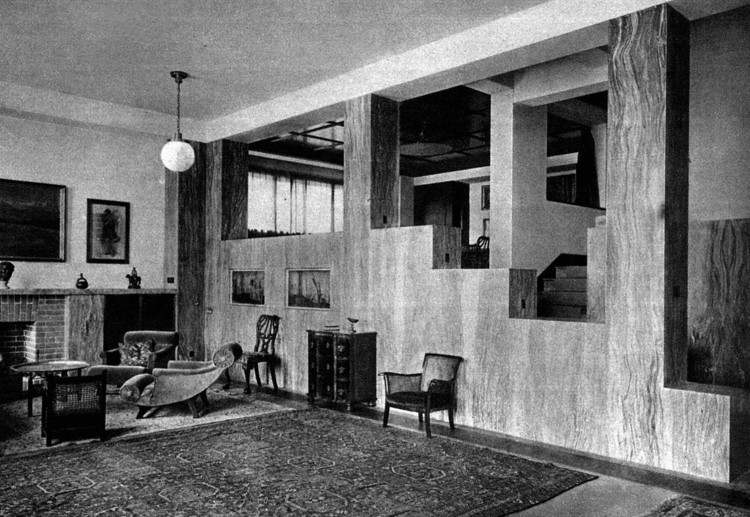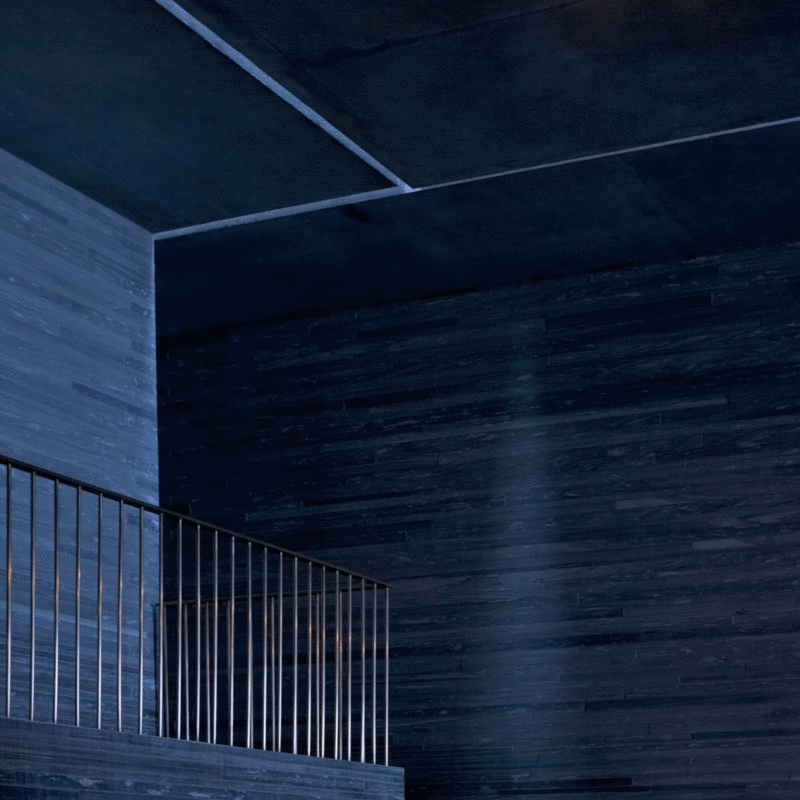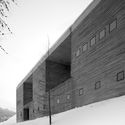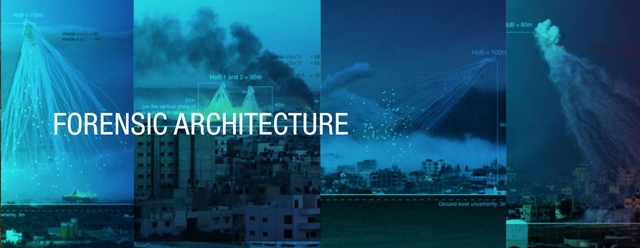_Hedrich_Blessing_015.jpg?1478169991&format=webp&width=640&height=580)
Jeanne Gang, the founder of Studio Gang Architects, has made a name for herself as a designer who can design both show-stopping skyscrapers and sensitive small-scale buildings. From her breakout 2009 Aqua Tower project, to the hypothetical “Polis Station” proposal presented at last year's Chicago Architecture Biennial, Gang has established herself as perhaps Chicago's leading architect.
Gang is also included as part of Vladimir Belogolovsky's ongoing City of Ideas exhibition tour, representing Chicago among 9 other significant architects, each from a different global city. With the exhibition currently in Gang's home city at the Chicago Design Museum until February 25th, here as part of his City of Ideas column on ArchDaily Belogolovsky presents a shortened version of the interview featured in the exhibition.


_Hedrich_Blessing.jpg?1478166602)
_Iwan_Baan_01.jpg?1478167148)
_Hedrich_Blessing_012.jpg?1478167596)
_Hedrich_Blessing_012.jpg?1478166992)
_Hedrich_Blessing_015.jpg?1478169991)






































